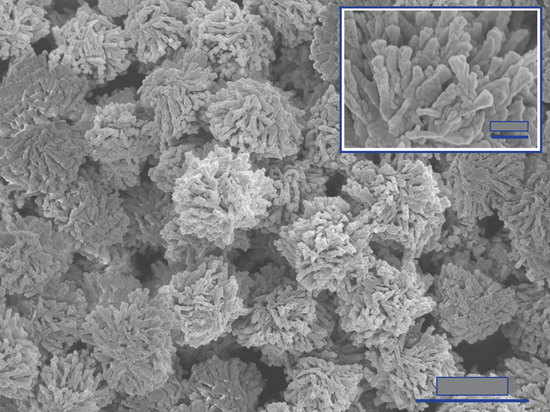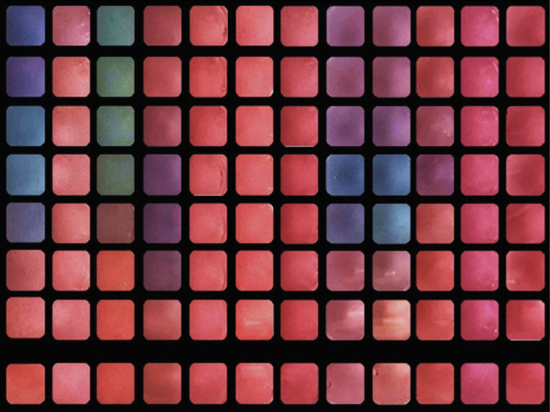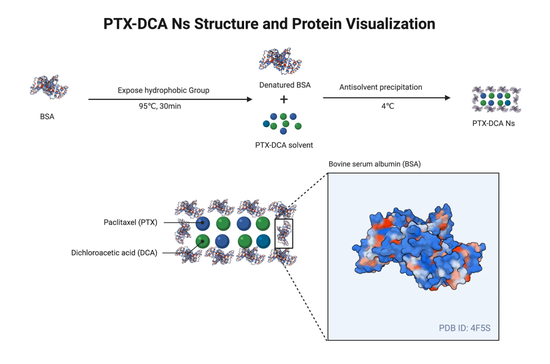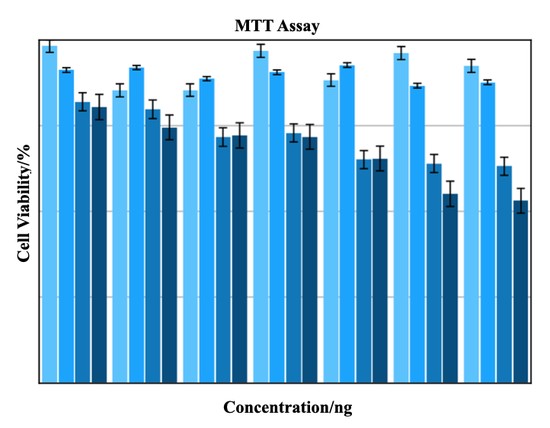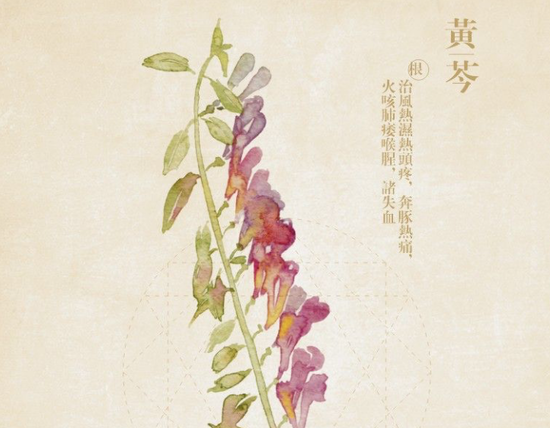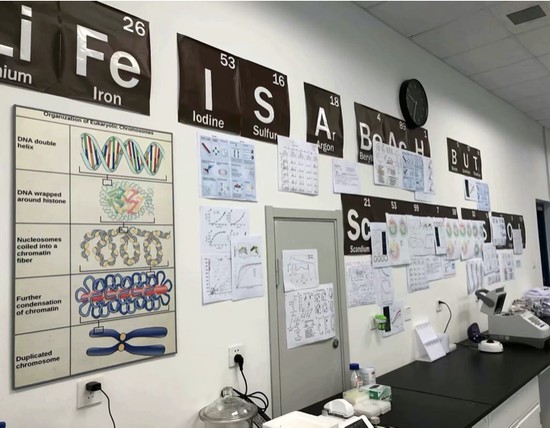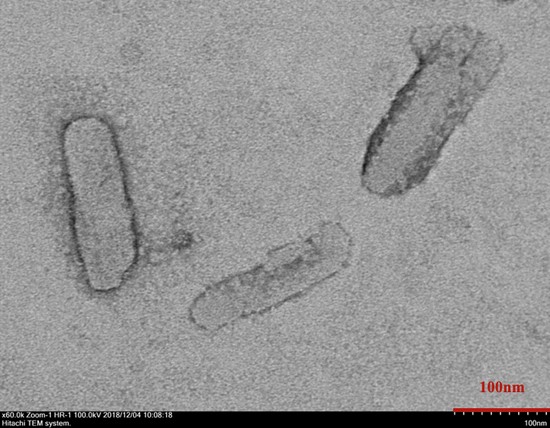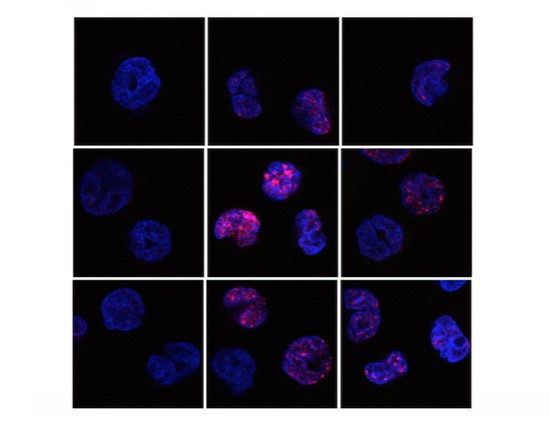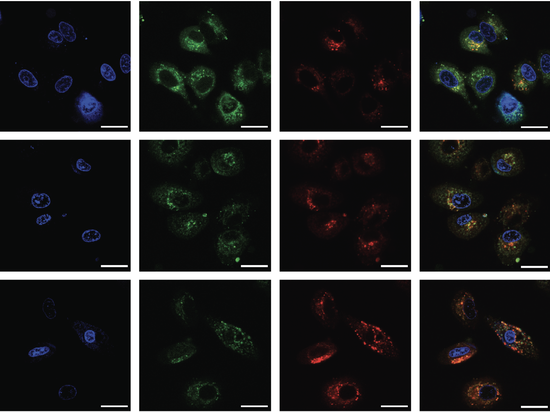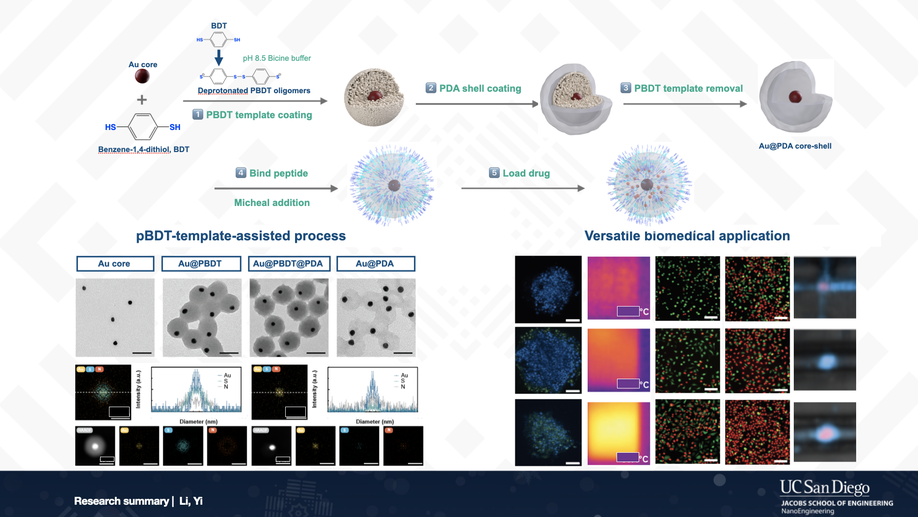Hey, I’m Yi!
I am a graduate student at Northwestern University, exploring the intersection of nanotechnology and pharmaceutical science. I am actively contributing to nanomedicine design, and a co-crystallization strategy that I implemented are now used for co-delivering cargos that vary in hydrophobicity. Besides covalent chemistry, I engineered yolk-shell structures by supramolecular interaction, aiming at tuning their nanomechanical properties.
Before joining Northwestern, I enjoyed sunny days at UC San Diego, where I focus on phenolic-mediated assemblies, FRET-based nanosensors, and functional polypeptide structures, under the supervision of Prof. Jesse Jokerst. We use these materials to improve photoacoustic imaging contrast, photothermal transduction efficacy, and tumor penetration.
In my spare time, I enjoy building LEGOs 🤖, practicing kendo 🥷, and playing piano 🎹.
🌊 🎨 🎼 🏄 🔱 🦈 ⛩️ ⚔️ 🎾 🏀 ⛷️ 🎮 👻 🏊 🌊
Interests
- Nanomaterials
- Nanomedicine
- Biosensors
- Baroque polyphony
Education
M.S. in Nanoengineering, 2022
University of California, San Diego
B.A. in Piano Performance, 2021
Shanghai Conservatory of Music
B.S. in Pharmaceutical Science, 2020
China Pharmaceutical University
